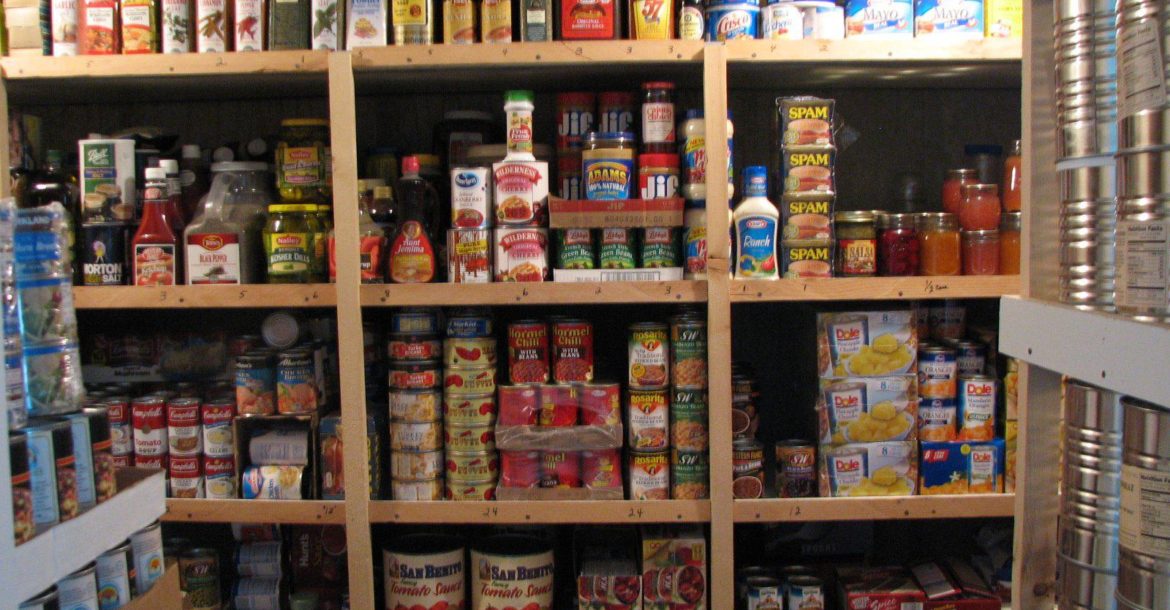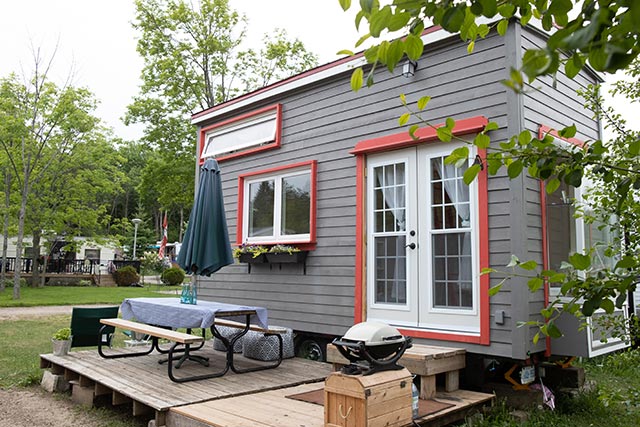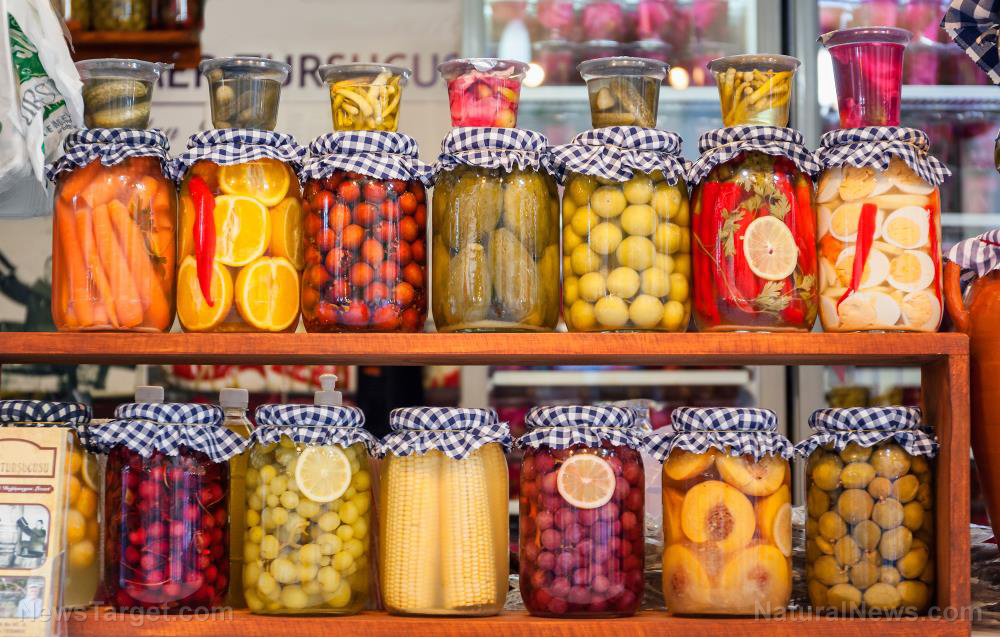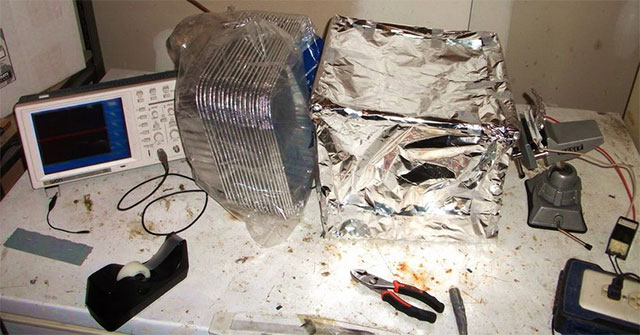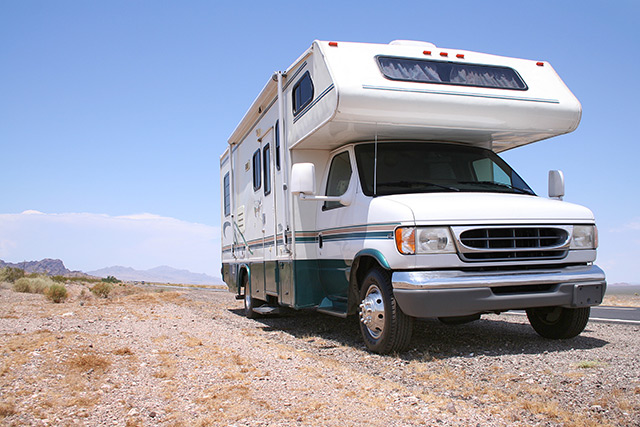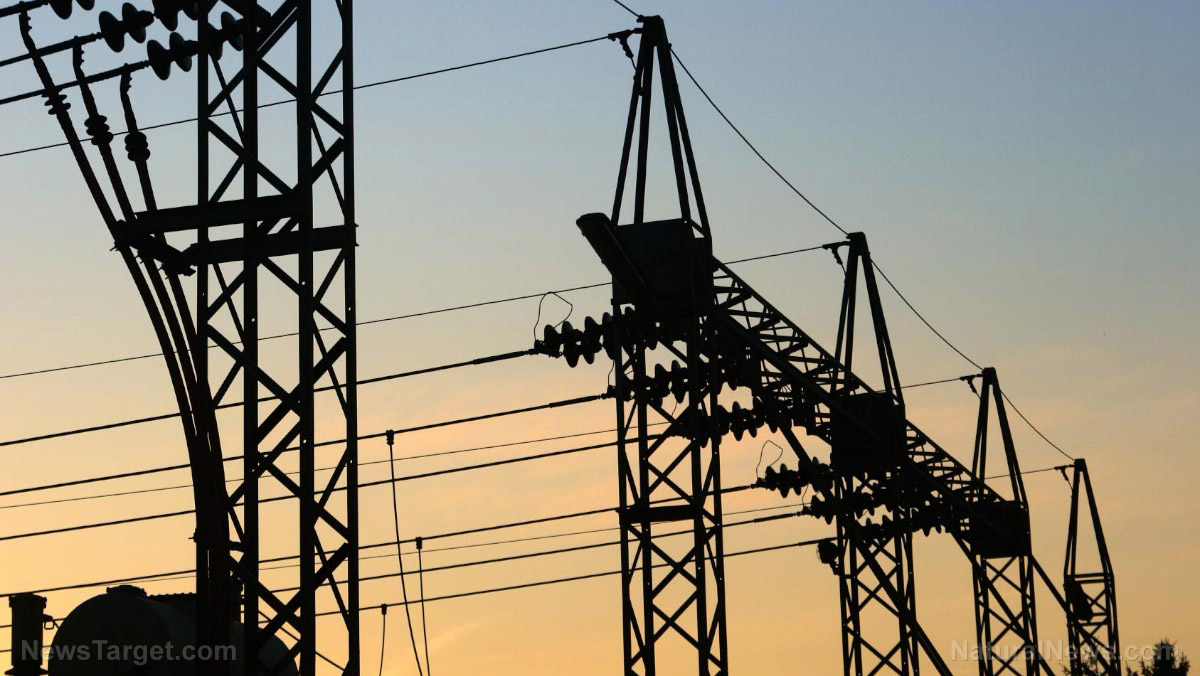How to make a DIY solar-powered refrigerator
07/19/2019 / By Stephanie Diaz

As any prepper should know, food storage is critical in prepper planning. While shelf-stable food – like canned goods – is a staple for survival, it’s possible (and most certainly ideal) to maintain a more varied and healthy diet. Keeping perishable food is a challenge, but there are crafty ways to allow a prepper to include in fruits, vegetables, and other foods in their meals. A DIY solar-powered refrigerator is precisely what every prepper needs – and this article will discuss how to put together an affordable and reliable fridge that will work when you need it.
Building your own fridge
Here are the parts that you will need to create a solar-powered fridge:
- Cooler
- Peltier junction (thermoelectric device)
- 80-millimeter cooling fans
- Can expanding foam
- Space blanket
- Aluminum foil
- Approximately 8.5 feet of fiberglass insulation
- Duct tape
And here are the tools that you will need:
- Screwdriver
- Heavy-duty cutter
Use a Peltier device to cool your fridge
This DIY fridge does not need freon to cool. It uses a Peltier junction cooling unit, which works without freon. This type of unit also does not require a lot of power to run. It’s small and compact, making it easy to lug around in an SHTF scenario. (Related: Storing food without a refrigerator: 25 different kinds of root cellars.)
It’s also worth noting that this DIY fridge does need good airflow, which is why it requires a few fans. Attach fans to the Peltier junction by bolting with screws. Ensure that air is directed towards the heat sink and not the other way around.
Sponsored solution from the Health Ranger Store: The Big Berkey water filter removes almost 100% of all contaminants using only the power of gravity (no electricity needed, works completely off-grid). Widely consider the ultimate "survival" water filter, the Big Berkey is made of stainless steel and has been laboratory verified for high-efficiency removal of heavy metals by CWC Labs, with tests personally conducted by Mike Adams. Explore more here.
Fans are cheap compared to cooling units. They are also easy to replace and will prevent the Peltier junction from overheating.
Next is the power cord. Insert the power cord in a car cigar plug using a 10A inline fuse.
Making the containment box
Once the cooling unit is assembled, it is time to move on to the containment box or the cooler. You may choose any size, but it is recommended that you use a 20-quart cooler — a cooler this size can fit approximately 3 gallons of milk.
The cooling unit needs to be attached to the containment box. Using a heavy-duty cutter, cut a hole in the lid of the cooler. The hole should be big enough for the fans to slide in. Attach the fans to the lid and put a layer of foam on top. Then, add a sheet of space blanket for insulation.
Next is the assembly of the containment box. First, you will need to wrap the containment box with aluminum foil. Then, add a layer of space blanket on top of the aluminum foil. To make sure that the containment box is well insulated, wrap it again with fiberglass insulation then add another sheet of the space blanket.
A solar panel and a battery attached to the thermoelectric device will make this cooling unit portable. The design requires a sixty-Watt panel and a 160-ampere battery. Connect the solar panel to the power cord and charge it during the day by exposing it to sunlight. At night, the battery would ensure that the power unit keeps running.
A massive power outage that could last for days or even months will turn your grid powered refrigerator into a useless box of metal. That’s why you need an alternative to store food and other essentials that require refrigeration. This DIY refrigerator will come in handy when that time comes.
Visit Preparedness.news for more do-it-yourself guides.
Sources include:
Tagged Under: cooler, cooling unit, DIY, fridge, green living, homesteading, how-to, off grid, Off-the-grid living, preparedness, prepper, prepping, refrigerator, self sufficiency, solar fridge, solar power, solar refrigerator, survival, survivalist, sustainable living
RECENT NEWS & ARTICLES
COPYRIGHT © 2017 · SURVIVAL NEWS

